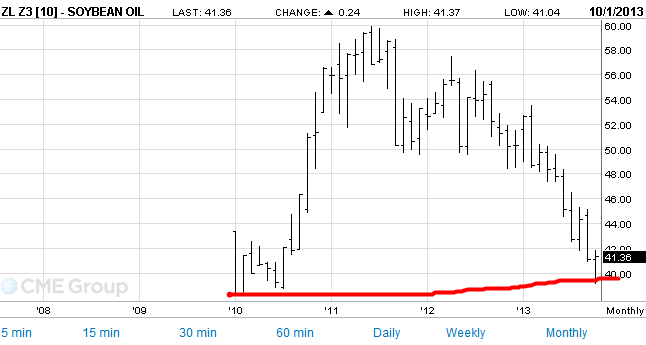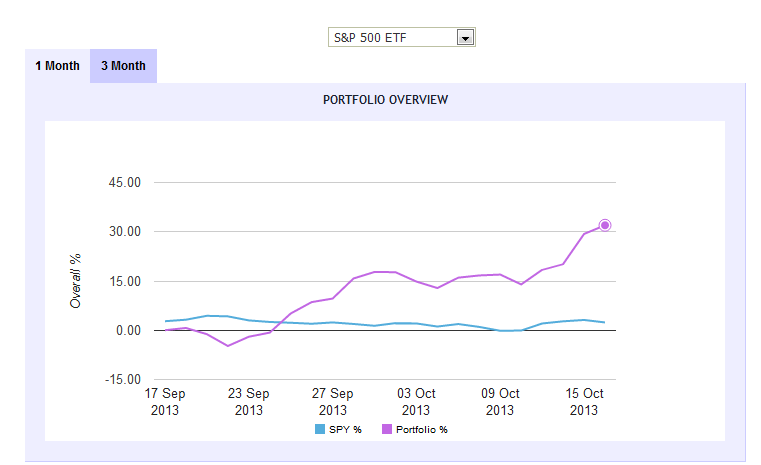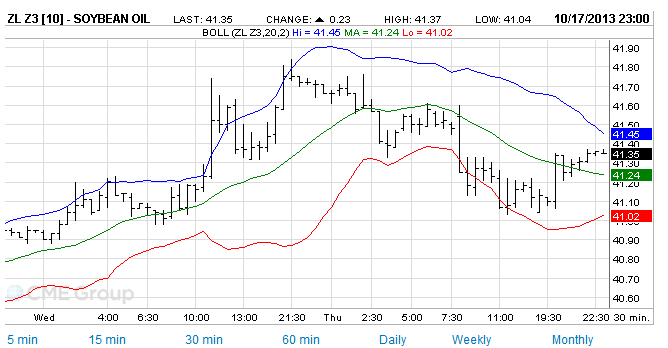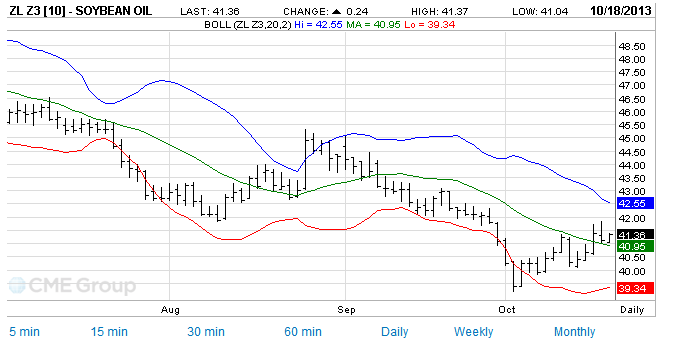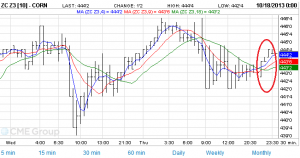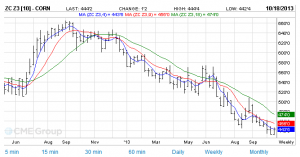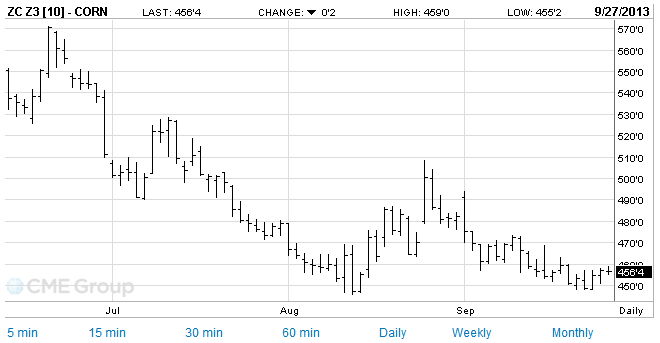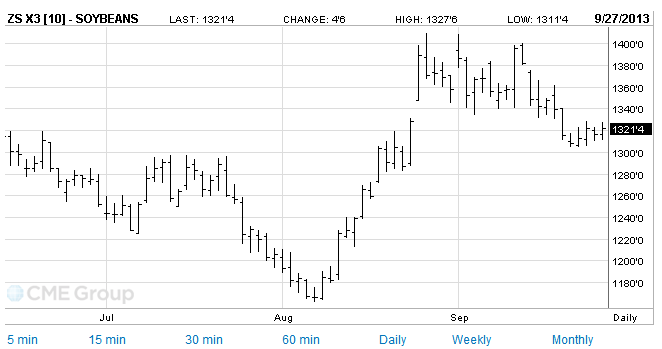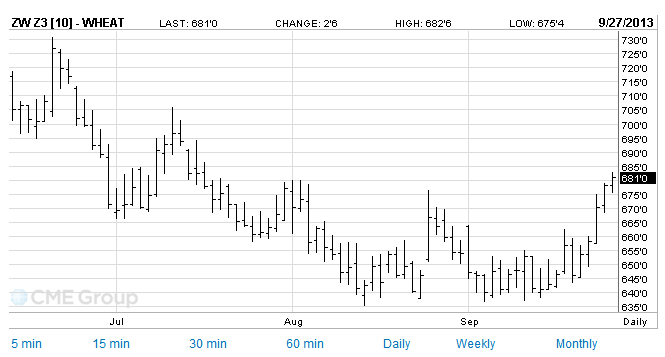There are always economic logic behind the policy which aims at solving traffic congestion. Firstly, people come up with solution from supply side. One example is the insufficient of road supply, thus the projected policy is building more roads, more bridges and more overpasses etc. Secondly, the answers from city landscape planning. New cities are planned as net structure with dense road, including arterial road and capillary road. Besides, it is believed that highly developed underground transportation system could ameliorate ground traffic. The logic is right: wider roads, more overpasses, more reasonable layout of the road structure, more developed subway and less traffic congestion. But increasing supply triggers more demand. As the road, like fish is open access resource which is free to use. The more convenient, cheaper to use, the more negative spill-over effect will be. Lastly, we turn our view on demand side, such as limitation on car purchasing, the auction or lottery of car number plate, restricted driving policy based on number plate digits, staggering the peak hour and lifting parking fee. The restriction on private car purchasing only delay the increase of private car, but not decrease the volume. Similarly, the limitation on car usage will not affect as people will concentrate the usage on the days without limitation, or many household began to buy second cars. The parking fee and staggering the peak hours will not solve the congestion essentially as road is free to use. Of all the polices, the congestion fee may be more effective as it raises the cost of using road, as the road is no longer an open access resource, market mechanism will work to solve the over demand of road. In addition, the ideality in theory is not always effective in practicality. Here, let’s start from the classic congestion policy case—London Congestion Charge.
How does the congestion charge work in London?
Currently, the Congestion Charge is £10 daily (standard) for driving private and commercial vehicles on public roads within the Congestion Charge zone from 7:00 and 18:00, Monday to Friday, excluding public holidays and between Christmas Day and New year’ s Day. (Jonathan Leape,2006)“ The congestion charging zone covers the ‘Central London’ which is defined as the area inside the Inner Ring Road, including the financial center, Parliament and the principal government offices, the major tourist sides and main centers of business, law and entertainment.” (As shown in graph 1). Residence who live in charging zone are entitle to 90%, vehicles with nine or more seats etc. enjoy 100% discount on the charge. Motorbikes, ambulance, vehicles used by physical challenged people etc. are listed in exemption list. The payment ranges from £9 to £12/day depending on paying in advance, or midnight on the day or on following day.  Technologies such as video cameras at every entry point and automatic number plate recognition technology are applied to capture the images of vehicles. Alternative detection technologies, like “Tag and beacon” system based on microwave detection, systems based on Global Positioning System, and Global System for Mobile Communication are under review to ensure higher recognition accuracy. If drivers are caught by the camera and don’t pay the fees, they would face very harsh penalties: “From May 20, 2013, the penalty charge is £130, and halved if paid within 14 days. If it is not fully paid within 28 days, then the penalty charge will increased to £195.
Technologies such as video cameras at every entry point and automatic number plate recognition technology are applied to capture the images of vehicles. Alternative detection technologies, like “Tag and beacon” system based on microwave detection, systems based on Global Positioning System, and Global System for Mobile Communication are under review to ensure higher recognition accuracy. If drivers are caught by the camera and don’t pay the fees, they would face very harsh penalties: “From May 20, 2013, the penalty charge is £130, and halved if paid within 14 days. If it is not fully paid within 28 days, then the penalty charge will increased to £195.
Impacts
Traffic conditions
When the congestion fee was imposed in 2003, the number of vehicles dropped between the day before and charge and after charge. (Transport for London,2003a) The average travel speeds on roads increased by 17%, the proportion of private cars in total transport dropped 34%. (Todd Litman, 2011) Most people change their travel pattern to public transport. Others shift mode to taxis, motorcycles, pedal cycles or walking.
How about the traffic condition of London, today? Transport of London claimed that the average traffic speeds in central London would have fallen from 10.6 mph in 2003 to 7.1 mph in 2006 and congestion rose markedly between 2005 and 2006.[1] London was second only to Brussels in terms of Europe’s most congested cities, despite the congestion charge and UK drivers spent 30 hours in traffic in 2013, an hour more than in 2012.[2]
Cost, revenues and revenues distribution
(Todd Litman, 2011) It is predicted that the costs and revenues of this program between 2000 and 2008 are £500M and £800M. However, charge revenues have been lower and penalty revenues higher than anticipated. Transport in London estimated net annual revenues were expected to range from £230M-£270M. More conservative estimates put expected net revenues in the range of £130M to £150M. Actual net revenues are much lower at estimated £68M in 2003-2004 year and £97M for 2004-2005. In 2012, gross revenue is £226.7M, around 40% are cost.[3] The revenues from congestion charge will be used to improve public transportation service, including renovation to the subway system, increase the numbers of buses and expanded bus lane system.
Criticism
There is really a lot of criticism about this policy. In 2003, may city enter retailers blame the charge for decreasing sales. The wrongly tickets were common, the accuracy of system was doubted. There was concern about the spill over congestion on nearby roads due to diverted traffic. In addition, it is argued that the double charging is not fair since motorists pay registration and fuel taxes. The burden on low-income commuter and the residents’ exemption are also blamed as unfairness. What’s more, the pricing efficiency is also criticized: Firstly, the congestion charge is not based on the driven miles. So negative externalities are not fully charged. In that case, the over demand on road using is partially solved. Secondly, the charge is time constant. Ideally, more money should be charged during peak hours and less in non-peak hours. Last but not the least, the charge could be location-variable. It would be more efficient to charge higher rate on more congested roads. The flat was fast and easy to implement but it does not incentivize drivers to minimize driving.
Conclusion
Although, this projects face a lot of pressure in politics and economics, but it has been implemented for more than ten years. This project is an important and valuable test of the political feasibility in major cities. (Todd Litman, 2011) London’s experience show that congestion pricing is technically feasible and effective, and it is possible to overcome the political and institutional resistance.
In terms of severer congestion problem, some people conclude “unfortunately it make any difference”. Honestly, I am pessimistic about the sustainability of this policy if the trend of congestion goes severely. Definitely, the better pricing systems are needed. But the improvement of the current system are in great need of investment. So policy marker should consider to attain new source of revenue and to distribute the revenue more broadly to gain wider support.
In this project, there are winners and losers, it is impossible to judge the project by aggregating those “yes” and “no”. Clearly, it is not “making no difference”, Most importantly, it is definitely reasonable to pay for the road we use, the waste we emit. As a human, we have to recognize the responsibility that we have not considered before. The congestion fee is not a panacea, but deserves to take.
Reference:
- http://www.independent.co.uk/news/uk/home-news/the-big-question-has-the-congestion-charge-been-effective-in-reducing-londons-traffic-781505.html
- http://www.bbc.com/news/uk-england-london-25622364
- http://www.bbc.com/news/uk-england-london-21451245
- http://www.tfl.gov.uk/modes/driving/congestion-charge
- http://roadpricing.blogspot.ca/2013/02/10-years-of-londons-congestion-charge.html
- Jonathan Leape, 2006. The London Congestion Charge, Journal of economic perspectives, volume 20, number 4. Page 157-176
- Todd Litman, 2011. London Congestion Pricing, Victoria Transport Policy Institute.
[1] http://www.independent.co.uk/news/uk/home-news/the-big-question-has-the-congestion-charge-been-effective-in-reducing-londons-traffic-781505.html
[2] http://www.bbc.com/news/uk-england-london-25622364
[3] http://roadpricing.blogspot.ca/2013/02/10-years-of-londons-congestion-charge.html






